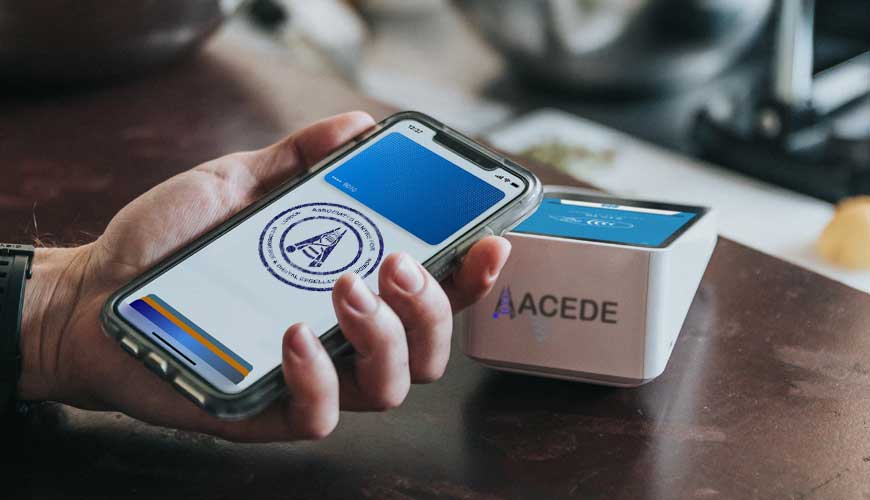Ecommerce Ingredient List: 10 – Payment Gateway

Our list of ‘Ingredients for Ecommerce Success‘ was written for a free training course about starting a print-on-demand store as a side-hustle during the early days of the COVID-19 pandemic. It is not in order of importance. If it was, then Payment Gateway would be closer to the top of the list.
In Part 9 of our series, we looked at banking – the implications of where you have your online banking, the type of account and the risks of FinTech options. Your choice of bank can also have a large impact on which payment gateways are available to you.
One of the main reasons to have an ecommerce store is to be able to accept payment for online orders digitally. Customers pay for their order using a debit or credit card, or in some cases wallet style payments like Apple Pay or Android Pay.
Even Apple and Android Pay are connected to a debit or credit card and most of those are linked to a bank account and backed by Mastercard or Visa.
What is a Payment Gateway?
Without getting too technical. A payment gateway is a piece of software that connects the details that a consumer enters into your ecommerce checkout with your bank and allows the money to flow from their bank to yours.
While this sounds simple, there are lots of different card issuers, lots of different cards and lots of different banks around the world. Matching all the customers, banks, cards, transactions and merchants while complying with regulations, banking rules and monitoring fraud, is not so simple.
Services like PayPal are considered payment gateways, but they may not link directly to your bank account and may not require a ‘merchant account’ or business bank account.
How do I Choose a Payment Gateway?
You may not get a choice. In some markets, where banking is still highly regulated, there are only a handful of ‘acquiring banks’ – banks that are authorised to process merchant credit and debit card transactions. It can make a big difference which bank you have your ‘Merchant Account’ with.
Things to consider When Choosing a Payment Gateway.
- What are the fees? There are a mix of charging models which include transaction fees as a fixed cost or a percentage, monthly fees and hybrid models. Which one works best for you depends on how many transactions you are doing and the value of those transactions. If you are using a SaaS ecommerce platform like Shopify, you may also be charged by them for the ‘privilege’ of using your own gateway!
- What types of payments can be accepted. Some gateways only support certain card types. If you want to accept American Express or Apple Pay, your gateway might not support it. Keep in mind that you may require one payment gateway for credit cards and another for debit cards in some markets.
- How can you get your money? How often does the gateway pay out? What is the minimum that has to be reached before it is paid out? Are there taxes or charges on the payment transaction?
- How easy is it to integrate the payment gateway with my ecommerce platform and other systems? Don’t underestimate the cost involved with this. In some cases, it may be as simple as selecting the gateway from a drop-down menu and entering a secret key. In other cases, it might require custom integration costing tens of thousands of dollars.
- Is the gateway known or trusted by customers? Even if your brand is known, customers may be reluctant to enter their payment details into a form from a service they don’t recognise. This is especially true if the form is ‘Off Page’ (if the customer is redirected away from your website to enter details).
There is no ‘one size fits all’ answer to these questions. You need to consider your business and work out what is best for you.



